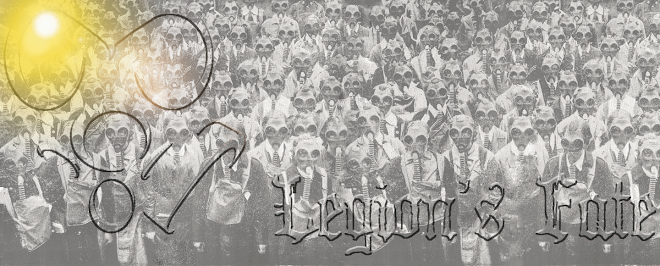I have to record the few shows I watch because of the Noggin channel, and I got around to watching the episode of Triggers which covered artillery. I was fascinated. If you want to get an idea of what the show is about, check out this link where there are lots of video clips from the show.
I read all things military (at least I used to), but one of the areas that I have always neglected is the King of Battle. This doesn't mean I don't respect it; it's just that I've never taken an interest in what the cannon-cockers do for a living. I should have. Cannons and howitzers are as cool as cool can be, and any hoplorite that's worth their salt should be drawn to the big guns.
So how about a story? STORY TIME! Yaaaaaaaay CTONE!! Grab your juice boxes and blankets and come sit next to me.. . .
I was stationed at Camp Lejeune, and my company was in the field testing a piece of equipment to see whether it sucked or not. We had just finished setting up our site at our assigned training area -- I mean, literally, we had just finished hammering in the last GP tent pin -- when we were told to tear down the sight and move to a new training area. Word was that there was a mix up, that hunters were assigned this particular area that day, and the butter-bars (junior officers) in the head-shed (command center) were worried some incompetent bow hunter would sneak within 30 yards of our parking lot sized camp and send a broadhead sailing through the heart of a lance coolie in a case of mistaken identity. Yeah, I know.
Our newly assigned training area was up against the 15' high berm of an impact area where high explosive artillery rounds are fired into. You can already see where this is heading -- because of the fear of bow hunters, which have to sneak up within spitting range of their quarry, we were relocated to the outer edge of where 100 lb steel shells filled with explosives are fired into from miles away, all in the name of safety. Such is the way of the Marine Corps, I guess.
Well, as it turns out, that impact area was very active that day, with several guns firing shells late into the night. Weird, I know. The sound of those rounds coming in and impacting is extremely unnerving, and has to be heard to understand. They seemed like they were hitting only a hundred yards away, but I'm sure they were at least one click (1,000 meters) or more from us as there was a tower with a direct view of the impacts, and they knew we were there. Danger close fire is within 600 meters, only done in dire circumstances in combat, and the range master definitely wouldn't allow that during training.
I was fast asleep in my little Eureka! tent as soon as the sun went down, as I had watch that night and wanted to get some rest. I had an awful cold, as I do right now, and my sinuses were completely clogged, and mouth breathing was giving me a sore throat. To top that off, about every ten minutes one of the guns would send a flare in to light up the area so the impacts could be seen by the tower and forward observer. I was miserable.
I don't recall exactly what time, but early that night one of the artillery rounds came in short, and struck just on the other side of the crest of the berm which was forty yards from my tent. I shot up like somebody had just stabbed me in the ass, and about 8 ounces of warm snot dumped out of my head and down my chest, compliments of the round's concussion. I didn't see the round hit, but several of my buddies who were sitting right outside of my tent sure did. The berm had done its job that night and took most of the force, leaving a bit of smoke and dirt raining down on us. Everyone was way more serious from that point on, and we all took a bit of respect for artillery home with us.
Howitzer shells are no joke, and I'll never forget that experience.
Back to the show, I learned a bunch of stuff that I didn't know, like cannon fuses were sometimes made by filling goose quills with gun powder. There was a part where Wil asks the commander of a French gun why he had to turn towards the bore counter-clockwise with the cartridge shell to load it, when it would be easier to turn clockwise. The officer tells him that during the American Civil War, sharpshooters would watch the guns closely for this exact moment, and were very successful at shooting the shell in the hands of the loader before it could be stuffed into the bore, thus detonating it and killing the gun crew. Apparently the sharpshooters were so good at this, that doctrine was changed to conceal the shell until the last possible moment before handing it to the loader, who didn't argue about why he had to turn counter-clockwise. Pretty cool.
I don't get all that excited about a TV show any more, but I thoroughly enjoy this one. It's a full hour, and I get to learn some stuff.

2 comments:
Wowzer... I would NOT have wanted to be that close to a howitzer round...
Sounds like good training to me...Now...
Was not that excited when I realized the mountain I was set up on in Korea was between Firebase 4P3 and the impact area...
Post a Comment